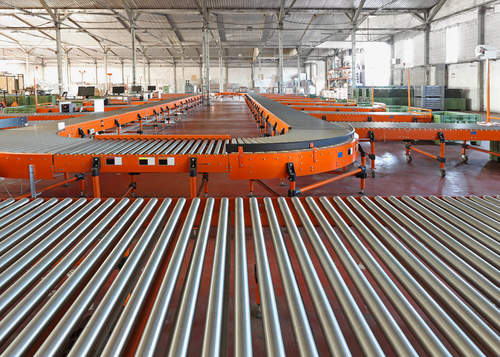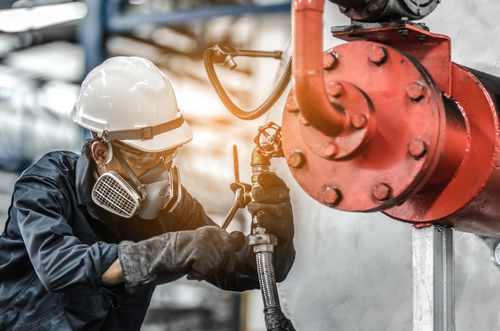We help people solve their problems. How do we do that when it comes to material handling and beyond? At Mathews Mechanical, we turn to mechanical engineering, of course. With a thorough 5-step process, we identify material handling challenges or friction points that need to be addressed.
These obstacles may include:
- Safety issues. Ensuring that a task can be safely performed is key to material handling success. The safety of your team matters and we are committed to helping you create a safe environment.
- Efficiency improvements. We often look at how to improve the efficiency of an existing task. Reducing manufacturing time can be a huge benefit to time-strapped businesses.
- Quality assurances. Your facility may run into material damage that reduces quality. Mechanical engineering can be used to correct these issues.
- Prototype production models. Our team also evaluates tasks that need to be performed, but aren’t currently possible.
- And more!
Material handling systems can encounter a number of issues and inefficiencies. Our five-step engineering process addresses these challenges and more. Take a look below to get a glimpse into how we are able to simplify even the most complex challenges and provide high quality solutions.
Our Approach: Five Steps of Mechanical Engineering in Material Handling & More
This 5-step process follows standard troubleshooting steps. It’s important to note that our strategy will be customized to create a solution for you. We’re not going to rigidly follow these steps if they do not apply to the issue at hand, of course. However, these steps can give you a good look into how we approach mechanical engineering at Mathews Mechanical.
Step 1: Identify the Symptoms
We’ll start by investigating the issues your team may be experiencing and look at friction points. We’re always here to help!
Step 2: Isolate the Problem
Once we’ve uncovered what the problem is, we’ll focus on the particular component causing it. Our team will immediately seek to determine the root cause. We will look at whether this involves eliminating a safety hazard, minimizing problem risks, removing an inefficiency, etc.
Step 3: Test the Suspected Component
When possible, the next step is testing. Although, there are some cases when testing isn’t an option. In those cases and more, we may provide a concept drawing so our clients are able to review and assess solutions. This is the critical aspect of the process to ensure that our solution meets client needs and expectations.
Step 4: Repair or Replace Component
With the solution approved, our team implements the desired solution or project. For more than 20 years, Mathews Mechanical has been solving problems to proudly become the premier industrial maintenance and custom fabrication shop for the San Francisco Bay Area and beyond.
Step 5: Test the System
In the final step, our expert team will certify the implemented solution. We’ll also train users on the use and maintenance of the implemented solution. This extra step is crucial to keep things running long term. Before the project is complete, we will revise and correct course if needed.
Material Handling Solutions
At Mathews Mechanical, we provide mechanical engineering service to a wide variety of material handling solutions, including the following:
- Conveyor Systems
- Pallet Racking
- Pick Modules
- Manufacturing & Transport Dollies
- Robotic Parts Handlers
- Bin Dumpers (Hydraulic & Pneumatic)
- Custom Material Storage Pallets
- Customized Lifts
- Custom Product Dispensing Racks
- Mechanized Work Stations
- Vertical Carousels
With mechanical engineering, a number of material handling issues can be solved. Through our complete line of material handling resources, we are committed to be your problem solvers. Click here to learn more about our material handling expertise.






